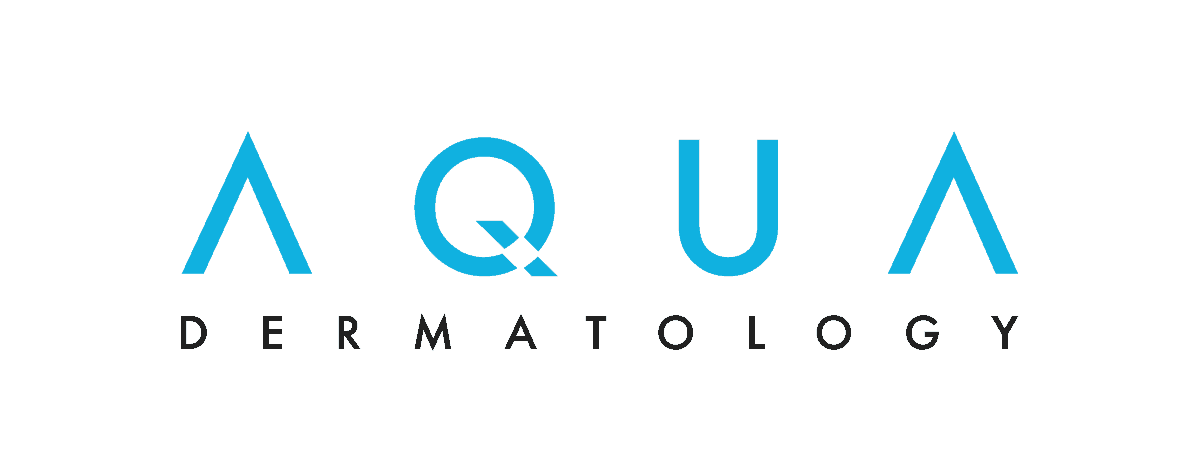Molluscum Contagiosum
If your child develops small, wart-like bumps that have a small dimple in the center, they may have molluscum contagiosum, also known as “water warts.” Adults can get it, too, and yes, it’s contagious.
Mysterious skin outbreaks can be worrisome for parents. At Riverchase Dermatology, our skin care experts are trained to identify molluscum contagiosum and can confirm the diagnosis and advise you whether treatment is necessary. Often, it isn’t.
What is molluscum contagiosum?
Molluscum contagiosum is a viral skin condition common in children in preschool and elementary school. It can also affect adults, particularly those who have a weakened immune system or atopic dermatitis (eczema), which creates breaks in the skin through which the virus can enter. The virus that causes molluscum contagiosum belongs to a family of viruses called poxvirus. It’s not related to chickenpox.
Since the infection doesn’t extend beyond the top layer of skin, it can’t spread through saliva or blood, only through direct skin contact, or through touching towels, toys or other infected items or sharing infected bathwater. It can also spread through sexual contact.
Molluscum contagiosum symptoms
Molluscum contagiosum appears as dome-shaped red, pink or flesh-colored bumps that may look shiny or pearly. The bumps are usually about the size of a pin head but can be as large as a pea. Over the course of a few weeks, they may spread across the body, down the limbs and across the face and neck. Notably, they will not appear on the palms or the soles of the feet.
Molluscum bumps sometimes develop in clusters or lines, but often they are scattered. You may see one or two bumps or as many as 20 or 30. They are usually painless but can sometimes itch, and they may become inflamed or sore. Scratching them can not only spread the virus but also invite a bacterial infection.
Molluscum contagiosum treatment
Your dermatologist can advise you whether treatment is needed and what to expect. There is no one perfect cure for molluscum contagiosum.
Molluscum contagiosum treatment for kids isn’t strictly necessary. Some parents choose not to treat molluscum in their children, but it’s important to understand that without treatment, the virus can take months or even years to clear, and what may start as just a few bumps could become numerous bumps over time. The main risk of not treating molluscum in children is the risk of spreading it to siblings or friends. Occasionally, untreated molluscum can create a secondary bacterial infection that requires oral antibiotics.
Molluscum contagiosum in adults also typically clears without treatment if the person has a healthy immune system. In stubborn or severe cases, or if the molluscum bumps appear in the genital area, your dermatologist will determine the best course of treatment based on your personal health history, the severity and location of the bumps and other factors.
Treatment for molluscum contagiosum may involve topical medicines, physical removal or oral medicines.
Topical treatments
Topical treatments aim to speed recovery. Most of them involve irritating the molluscum bump to trigger a healing response. Depending on the age of your child and their ability to cooperate, your dermatologist may recommend an over-the-counter product, write a prescription or discuss in-office treatments.
In 2023 a new topical treatment, Ycanth, became the first FDA-approved treatment for molluscum contagiosum in adults and kids ages 2 and over. It’s applied every three weeks to each lesion by a dermatology provider and removed with soap and water 24 hours later. The active ingredient is cantharidin, which is commonly used to treat other skin conditions. It works by causing the molluscum bump to blister, which kicks the immune system into action. In clinical trials, half of patients were free of molluscum in 12 weeks.
Physical removal
Removal of the molluscum bumps or their contents is another treatment route. Removal can be done through several methods, some of which are not appropriate for younger children. Your dermatologist will advise you of appropriate options.
Oral medicines
If there are multiple bumps that have not responded to topical treatments, in some cases your dermatologist may prescribe the medication cimetidine off-label (not for the use it was approved for) to reduce symptoms and minimize new outbreaks. The medicine does not work for every patient, and it can sometimes take up to 12 weeks to see results.
It’s important to keep the skin clean and dry when managing molluscum contagiosum. Wash your hands after touching the bumps or items that may be contaminated. Try your best not to scratch or pick at the bumps, and don’t shave areas that have them.
If you suspect you or your child might have molluscum contagiosum, the skin care providers at Riverchase Dermatology are here to help. They can provide an accurate diagnosis and walk you through the most appropriate treatment options.





